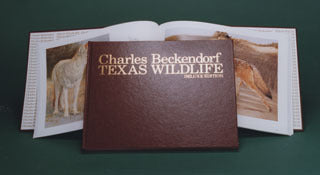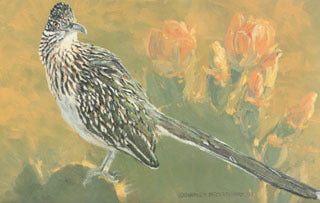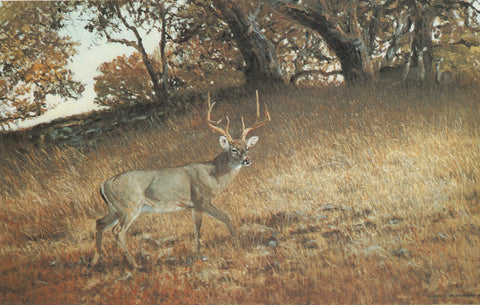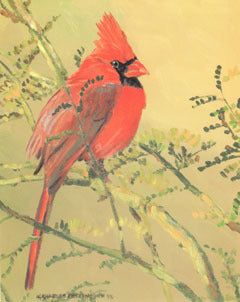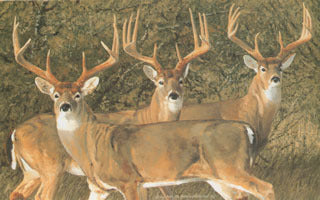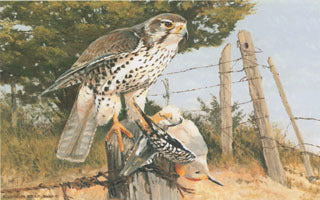
H-46 Prairie Falcon
Color Reproduction | By Charles Beckendorf
Additional Information
The prairie falcon can be found in limited numbers almost anywhere in Texas. The prairie falcon seems to require rocky cliffs for nesting, but it prefers to hunt in "prairie like" areas. Alone or in pairs, it is usually seen on its lookout perch - a telephone pole, fence post, limb of a dead tree - or flying seiftly an low across open areas.
Most hunting is done in the early morning and evening, and birds are its main prey. It takes all small mammals and reptiles as well.
This image is from the Charles Beckendorf Texas Wildlife book. The original was an acrylic painting on canvas (1992) and the size is approximately 14 X 11 inches. The total edition size of this print is 500.
This is a part of the Texas Wildlife Art Prints Collection.
Color Reproduction
The prairie falcon can be found in limited numbers almost anywhere in Texas. The prairie falcon seems to require rocky cliffs for nesting, but it prefers to hunt in "prairie like" areas. Alone or in pairs, it is usually seen on its lookout perch - a telephone pole, fence post, limb of a dead tree - or flying seiftly an low across open areas.
Most hunting is done in the early morning and evening, and birds are its main prey. It takes all small mammals and reptiles as well.
This image is from the Charles Beckendorf Texas Wildlife book. The original was an acrylic painting on canvas (1992) and the size is approximately 14 X 11 inches. The total edition size of this print is 500.
This is a part of the Texas Wildlife Art Prints Collection.
Beckendorf color reproductions are developed using four color process printing on fine white paper. This advanced technique utilizes separate color plates for each of the primary colors, plus black. High-resolution digital scans and special process inks are utilized to yield beautiful, accurate reproductions.
About the Artist - Charles Beckendorf
Charles grew up in Mathis, Texas, where he had the opportunity to spend hours on large ranches. Generous land owners gave him permission to wander freely over their ranches and he observed creatures in their natural surroundings. He developed a lifelong love of nature, whether it be in the tiniest of flowers or the largest of animals. It was at this time that he became a true naturalist.
We Also Recommend
REVIEWS

